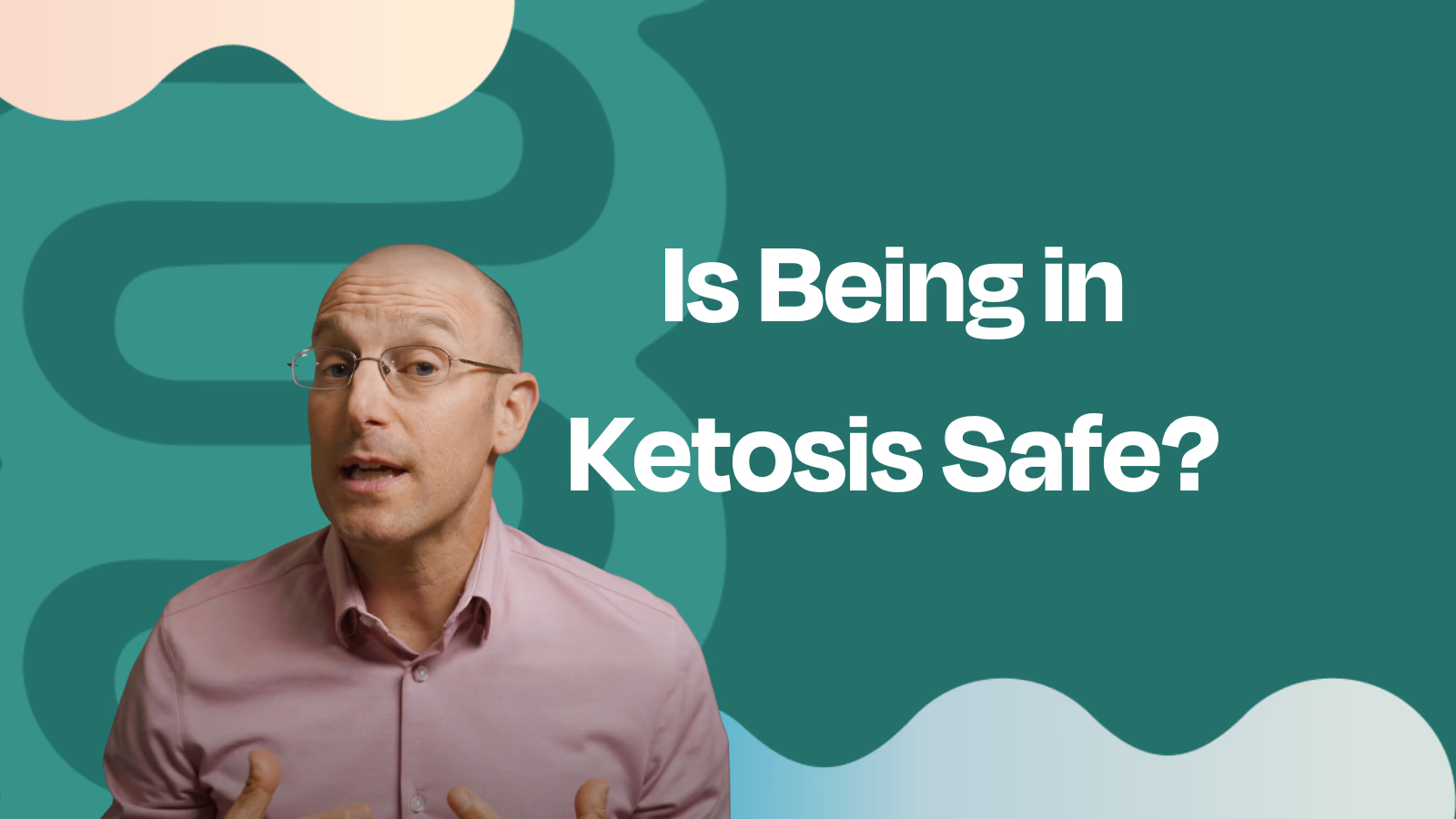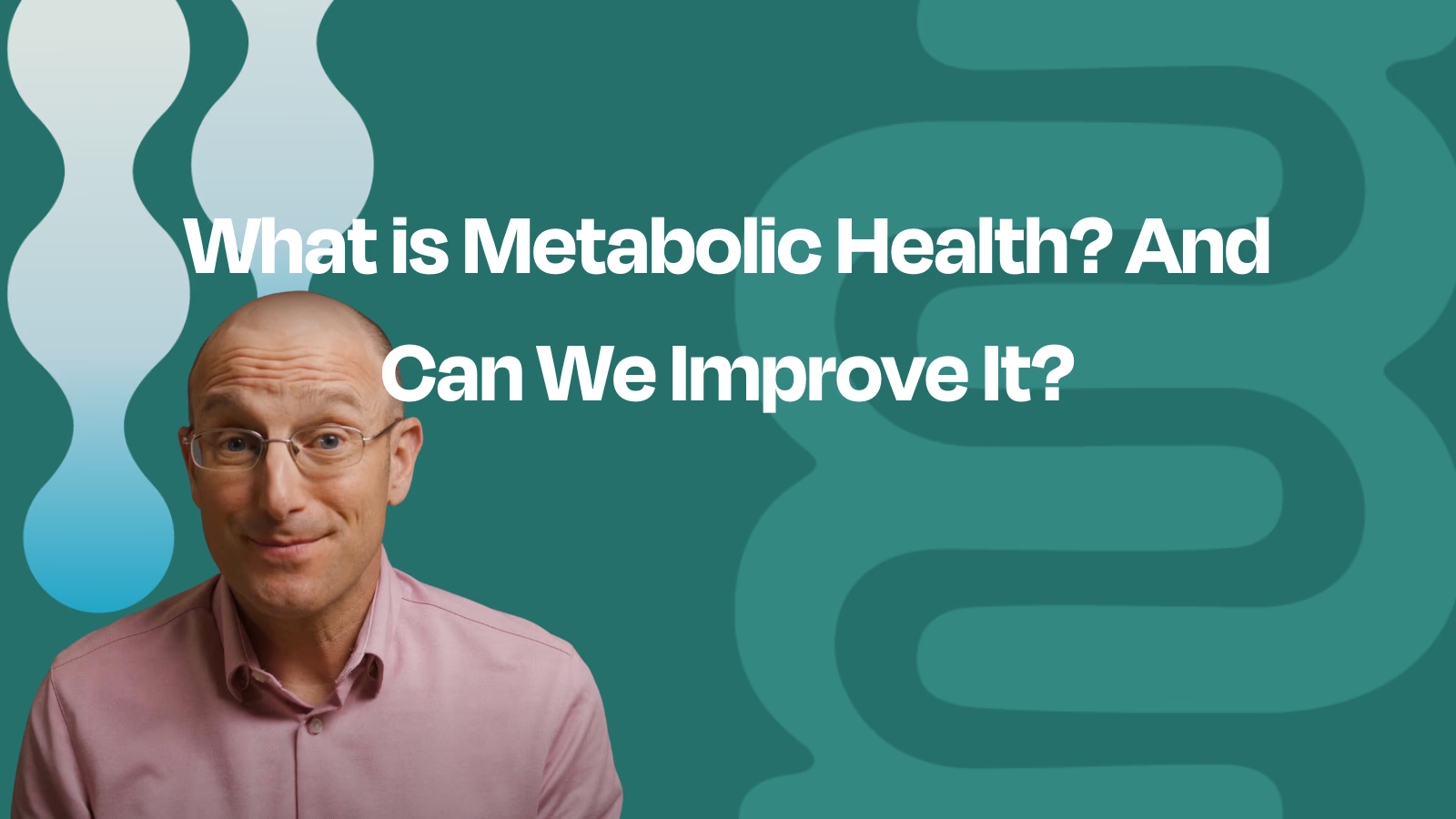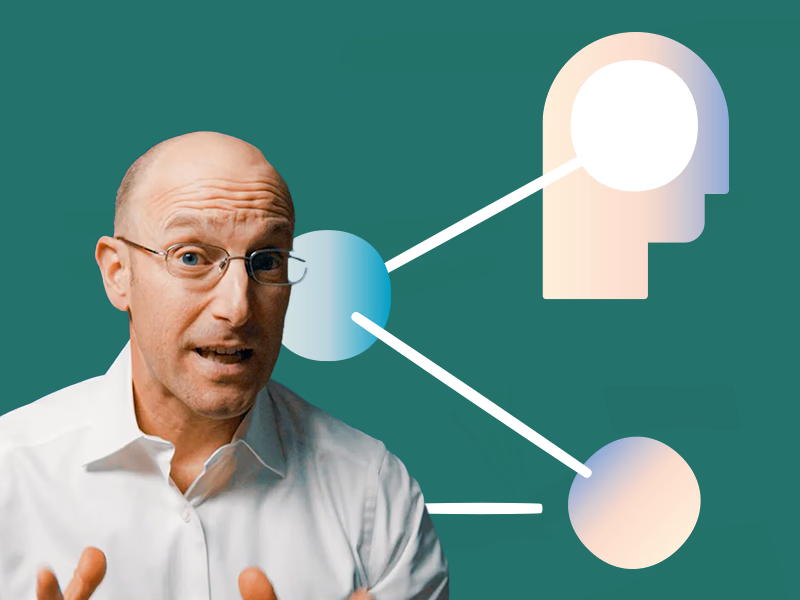Emerging evidence indicates that ketogenic therapy can help treat mental illnesses such as depression, bipolar disorder, schizophrenia, anorexia, and others. But some may question whether it is safe.
Emerging evidence and clinical experience indicate that ketosis is a safe and effective treatment for restoring mental and metabolic health. You may have heard that ketosis is a dangerous, life-threatening condition to avoid at all costs. Is this true? In a word, no.
We’ll explore that answer by looking at the evidence around ketosis, how it affects your mental health, the difference between ketosis and ketoacidosis, and more.
Ketosis: The Misunderstood Metabolic State
Emerging evidence and clinical experience indicate that implementing a ketogenic therapy can potentially treat and even reverse symptoms of bipolar disorder, depression, schizophrenia, anxiety, Alzheimer’s, and more.
But some physicians and healthcare professionals caution against pursuing ketogenic therapies, believing ketosis is a dangerous condition.
There’s an understandable reason these clinicians believe ketosis is dangerous: in medical school, doctors learn about a life-threatening medical condition called “ketoacidosis.” This life-threatening emergency occurs most often in people with type-1 diabetes who have very low or absent insulin levels.
Without insulin, their bodies can’t process glucose for energy, resulting in markedly elevated blood glucose levels. At the same time, without insulin to signal that glucose is available, their bodies start producing ketones, believing that the person has no glucose and needs ketones for energy. This results in the individual’s blood sugar AND ketone levels elevating to dangerous levels. If left untreated, extremely high levels of BOTH blood sugar (300 mg/dL or more) and ketones (8-10+ mmol/L) make the blood acidic and can eventually poison the body.
This is ketoacidosis. Ketoacidosis is dangerous and a completely different state than nutritional ketosis.
The body was not meant to have both high ketones and high glucose levels at the same time. In someone without type-1 diabetes, the body either processes glucose (with its own insulin) or, in the absence of glucose, produces ketones to create energy. This is distinctly different from ketoacidosis, as we will explain further.
What is Ketosis?
To understand ketosis, it’s helpful to know how our bodies make energy.
Each of your cells has mitochondria. You can think of mitochondria as the engine of the cell. Like a car engine, mitochondria convert fuel (i.e., glucose or fat) into energy (i.e., ATP).
Mitochondria can transform glucose or fat into energy for the body and brain. In this way, our body is like a hybrid car. Just as hybrid cars can run on electricity or gas, our bodies can run on glucose or fatty acids.
Ketosis is the state in which our bodies use fatty acids and ketones for fuel, while glycolysis is our body’s glucose-burning state.
Why We Can Use Two Fuels: A Look at Our Ancestors
If you look at this dual-fuel ability of the body from an evolutionary standpoint, it makes sense why our bodies can alternate between using glucose and fatty acids. When our hunter-gatherer ancestors found natural carbs from foraging or discovering a beehive, they had plenty of carbs and glucose to use for energy.
But when our ancestors went days without a successful forage or focused on eating just the meat from a successful hunt, they likely switched from burning glucose to burning fatty acids. These fatty acids came from both the fat they ate AND the fat stored in their bodies.
This switch from glucose-burning to fat-burning allowed our bodies to adapt to using both fuels. This hybrid engine allowed them to survive in their ever-changing environment.
Where Ketones Come In?
So what does this have to do with ketones?
When we burn fat for fuel, we naturally produce ketones in the process. Our muscles and brain can, in turn, use those ketones for energy.
Most people in nutritional ketosis find their blood ketone levels between 0.5mmol/l and 3 mmol/L. This differs from ketoacidosis’s ketone levels, which can elevate as high as 10 mmol/L.
This extremely high level of ketones makes the blood acidic in ketoacidosis and is, in large part, why ketoacidosis is so dangerous. When your blood is too acidic, it poisons you from the inside out.
But don’t worry: ketoacidosis doesn’t happen with the nutritional ketosis achieved in ketogenic therapies. In nutritional ketosis, your blood’s acid-base status remains balanced. If you and/or your physician need proof, it’s something you can measure with a simple blood test.
Is Glucose the Primary Fuel for the Entire Body?
You might be thinking, “But wait! Isn’t glucose the preferred fuel for the brain?”
This is another misconception.
Ketones can supply up to 70% of the brain’s energy requirements. Because the brain can’t run on fatty acids, it needs glucose to cover its remaining energy needs.
Does this mean you need to consume carbohydrates to cover your glucose needs?
Not at all.
Our bodies can create all the glucose we need from fat and protein through a process called “gluconeogenesis.” Gluconeogenesis literally translates to “creating new glucose” and is a process in which the liver makes its own glucose for the body! Gluconeogenesis can make all the glucose the body needs, so while we may have a glucose requirement, that doesn’t mean we have to consume dietary carbohydrates to fulfill it.
Final takeaway
Unlike ketoacidosis, ketosis is a perfectly healthy physiologic state that can supply our body’s energy needs and, in fact, can do so more efficiently than relying only on glucose, especially for someone with metabolic dysfunction.
If you encounter a healthcare professional who insists ketosis is dangerous, please share this article to help them better understand the normal, metabolically supportive state of ketosis.
If you enjoyed reading this, take some time to watch Dr. Bret Scher speak about the safety of ketosis.






